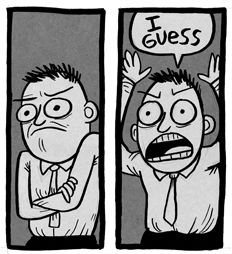ScienceAndCooking
Member
[I assume this has been covered before but my search was unsuccessful. If so, please point me to the relevant thread.]
When you sharpen on a whetstone, do you push the knife so that the edge leads or pull it so that the spine leads? Both? I have seen both methods in online videos. So far I have been pulling, leading with the spine. Thanks.
When you sharpen on a whetstone, do you push the knife so that the edge leads or pull it so that the spine leads? Both? I have seen both methods in online videos. So far I have been pulling, leading with the spine. Thanks.





